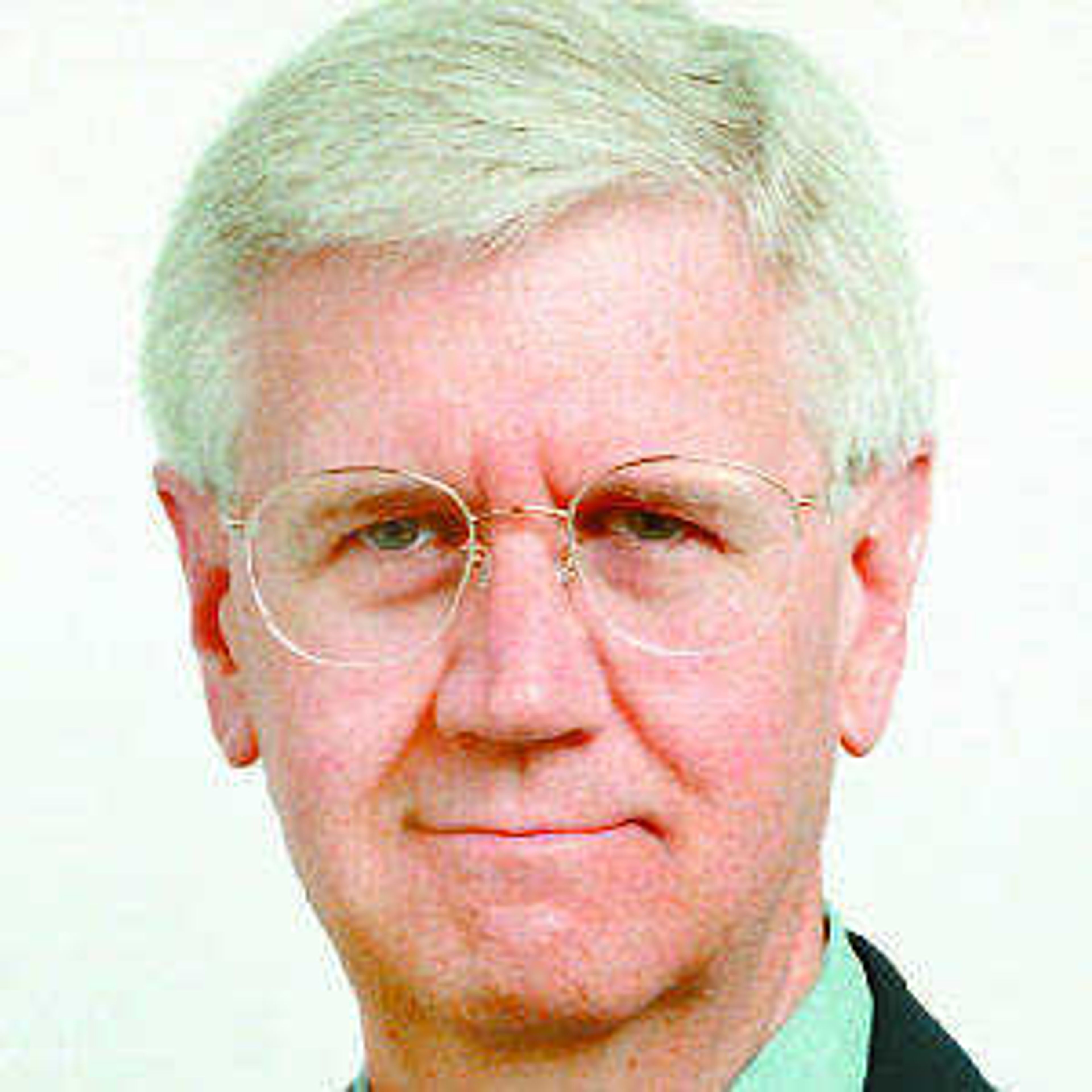Modern times: We are measured by our motorized vehicles
The regular session of classes at the university here in our favorite river city has ended. The summer session has begun. How do we know? Because there aren't as many automobiles going to and from the campus. The amount of traffic on city streets is just one measurement of activity. Another way to tell what's going on is to look at parking lots on the campus. They are all but empty. To get a higher education these days, it appears, one must burn gasoline as well as the midnight oil...
The regular session of classes at the university here in our favorite river city has ended. The summer session has begun. How do we know? Because there aren't as many automobiles going to and from the campus.
The amount of traffic on city streets is just one measurement of activity. Another way to tell what's going on is to look at parking lots on the campus. They are all but empty. To get a higher education these days, it appears, one must burn gasoline as well as the midnight oil.
The university auto situation has its roots in high school parking lots. If you haven't been to a high school recently, drive by and see for yourself. The largest amount of acreage isn't covered by halls of academia. The biggest use of available land is student parking.
When I was in high school thousands of years ago, very few students had automobiles. They walked to school or rode school buses. Of the dozen or so vehicles driven by students, at least a couple were considered to be "hot-rods." That could mean almost anything, but these cars had been personalized in some way to be really, really cool. And loud.
In those days, not everyone had a family car. If your house had a garage, it probably was big enough for just one vehicle. Nowadays, garages at some mega-mansions will accommodate five or more automobiles.
I remember when our family car was a large flatbed truck suitable for logging, although we were not in the logging business. A livestock rack could be put on the truck bed to haul animals to the stockyards in East St. Louis, a round trip that lasted from pre-dawn hours to late at night.
On Saturdays, the truck -- with or without rack -- took us to town for grocery shopping and other necessities. On Sunday, the truck took us to Oak Grove Church on the highway in the woods several miles from our farm. The church parking lot featured trucks like ours and pickups. Sedans were few and far between, seeing as how motorized conveyances were expected to be practical.
Our family got its first sedan in 1954, the year after electricity arrived on Killough Valley in the Ozarks over yonder. That year the milk cow died, of old age, and we took a three-week vacation to the Smoky Mountains, our nation's capital, Niagara Falls, Detroit, Chicago and St. Louis. It was the only vacation we ever took, since we got a new milk cow as soon as we got home.
Occasionally, I hitched a ride with neighbors to go to basketball games in town. The neighbors had a 1930s-era vehicle minus a back seat. Seven or eight of us would pack into the car for the bumpy ride. Seat belts? You've got to be kidding. And the car's battery would usually be dead when the game was over, but there were enough of us that pushing the car to get it started was fairly easy.
We took all of that for granted. The vehicles we drove and the allowances we made for batteries and flat tires were all part of life. We had no notion that we were somehow deprived.
And five-car garages? We would have questioned the sanity of any homeowner with such an arrangement. Fortunately we weren't put in that position, because nobody -- nobody! -- that we knew had five vehicles, much less the need for that many garages.
My wife and I spent our first summer of marriage carless. We finally saved enough for a down payment on a year-old Volkswagen, which served our needs just fine. We had no garage.
Now we live in Cape Girardeau, where traffic on major streets and at all the main intersections can pile up. Waiting for a left-turn signal at Kingshighway and Independence can seem like an eternity. Sometimes you think you could get where you're going faster by walking. But, of course, you don't walk across Kingshighway. I've watched a few brave souls try to beat the traffic. That is risky business for sure.
Here's something interesting: As Cape Girardeau has added mile after mile of walking trails/sidewalks, builders have been constructing houses with more and more garages. For every mile of walking surface, dozens of garages go up.
Does that make sense?
I'm not advocating for fewer automobiles. I think folks should drive whatever and wherever they want.
But we will soon run out of the generation that remembers when one-car families were considered well off, and anyone with a garage was thought to be affluent.
Fifty years from now we will all have robot cars that drive themselves. We won't even have to go in them.
We will, however, still need garages.
Joe Sullivan is the retired editor of the Southeast Missourian.
Connect with the Southeast Missourian Newsroom:
For corrections to this story or other insights for the editor, click here. To submit a letter to the editor, click here. To learn about the Southeast Missourian’s AI Policy, click here.










